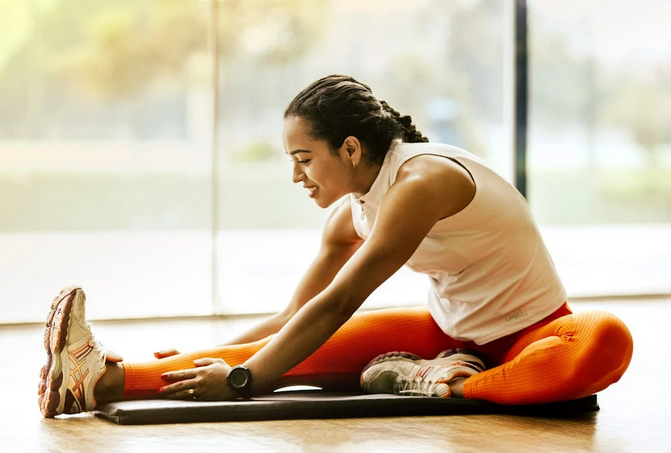How to Modify Exercises for Your Unique Body and Needs

15/04/2025
0 Comments
Exercise is often portrayed as a one-size-fits-all activity, but the truth is far from it. Each of us has a unique body with distinct needs, capabilities, and goals. Whether you’re
